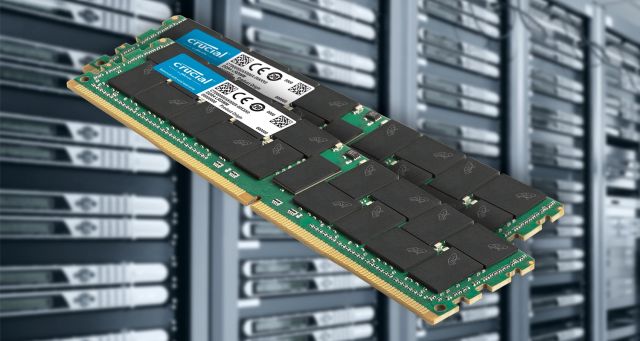In today’s fast-paced technological world, servers are responsible for handling a wide range of tasks for businesses. From hosting websites to storing data, a server’s performance can greatly impact a business’s overall productivity and success. One of the most important factors that influence server performance is memory. Maximizing server memory is crucial for ensuring optimal performance and preventing slowdowns or crashes. In this blog post, we will explore some tips for maximizing server memory that can help improve the performance of your server. From identifying memory-hogging applications to optimizing virtual memory settings, we’ll cover everything you need to know to ensure that your server is running at its best capacity.
Importance of maximizing server memory for optimal performance
Maximizing server memory is crucial for achieving optimal performance in any digital environment. In today’s fast-paced and data-driven world, where every millisecond counts, having sufficient server memory can make a significant difference in the speed and efficiency of your website or application.
When your server has ample memory available, it can store and access data quickly, reducing the need to fetch information from slower storage devices such as hard drives. This results in faster response times, smoother user experiences, and overall better performance.
Understanding server memory and its impact on performance
Understanding server memory and its impact on performance is crucial for maximizing the efficiency and effectiveness of your system. Server memory, also known as RAM (Random Access Memory), plays a vital role in the overall performance of your server. RAM is where data and instructions are stored temporarily for quick access by the CPU.
The amount of memory your server has directly affects its ability to handle multiple tasks simultaneously and efficiently. Insufficient memory can lead to performance bottlenecks, slow response times, and even system crashes during high-demand periods.
Assessing current memory usage and identifying potential bottlenecks
Before diving into optimizing server memory, it’s crucial to assess your current memory usage and identify any potential bottlenecks. Understanding how your server’s memory is currently allocated and utilized can provide valuable insights into where improvements can be made.
Start by monitoring your server’s memory usage over some time to establish a baseline. This can be done using built-in tools or third-party monitoring software. Look for patterns or trends in memory usage, such as spikes during peak hours or consistently high usage that may indicate a bottleneck.
Tips for optimizing server memory usage
Optimizing server memory usage is crucial for ensuring optimal performance and efficiency. By following some key tips, you can make the most out of your server’s memory resources.
One effective strategy is to regularly monitor and analyze memory usage patterns to identify any inefficiencies or bottlenecks. Utilizing tools that provide insights into memory consumption can help you pinpoint any applications or processes that are consuming excessive memory resources.
Implementing memory management best practices
Implementing memory management best practices is crucial for optimizing server performance. By efficiently managing server memory, you can ensure that your system runs smoothly and avoids potential slowdowns or crashes due to memory constraints.
One key best practice is to regularly monitor and analyze memory usage on your server. By keeping track of how memory is being utilized, you can identify any bottlenecks or inefficiencies that may be impacting performance. Utilizing monitoring tools or built-in system utilities can help you gain insights into memory usage patterns and address any issues proactively.
Conclusion
In this comprehensive guide, we have outlined effective strategies for maximizing server memory to achieve optimal performance. By implementing the tips and techniques discussed in this post, you can ensure that your server operates at its peak efficiency, delivering enhanced speed, reliability, and overall performance. Remember, a well-optimized server not only boosts productivity but also ensures a seamless user experience. We hope that this guide has been informative and valuable in helping you harness the full potential of your server memory. Here’s to a more efficient and high-performing server environment!

